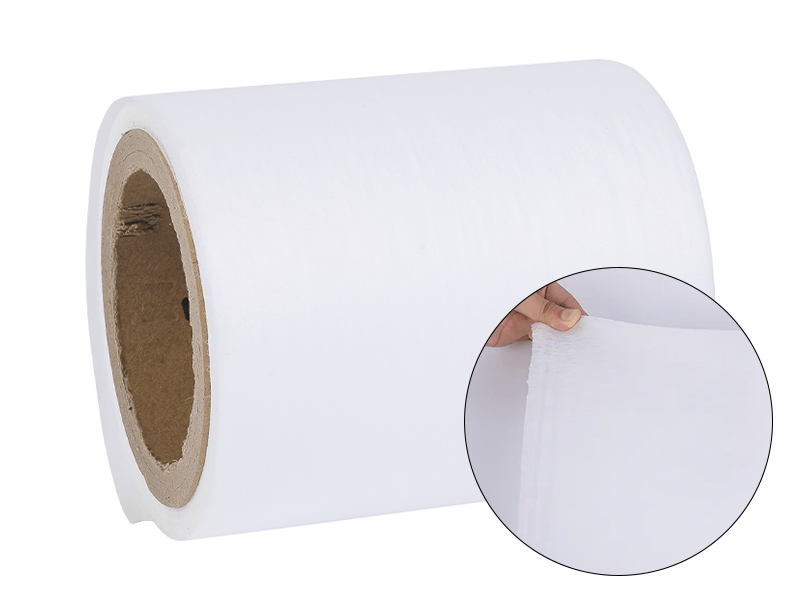In the world of textiles, a revolutionary material has been making waves - elastic nonwoven fabric. This innovative material has been gaining popularity due to its versatility, comfort, and sustainability. From fashion to medical applications, elastic nonwoven fabric is transforming the way we think about textiles.
One of the key characteristics that sets elastic nonwoven fabric apart is its remarkable flexibility. Unlike traditional woven fabrics, elastic nonwoven fabric can stretch and recover its shape, making it ideal for a wide range of applications. Whether it’s used in athleisure wear, medical garments, or even in automotive interiors, this fabric provides a level of comfort and freedom of movement that was previously unimaginable. The ability of elastic nonwoven fabric to conform to the body’s contours without losing its shape makes it a game-changer in the fashion and apparel industry.
Moreover,
elastic nonwoven fabric is also making a significant impact in the medical field. Its stretchability and soft texture make it an excellent choice for medical garments, such as surgical gowns, face masks, and wound dressings. The fabric’s ability to provide a snug yet comfortable fit is crucial in medical settings where mobility and comfort are paramount. Additionally, the breathability and moisture-wicking properties of elastic nonwoven fabric contribute to its appeal in the healthcare industry. As a result, its demand is on the rise in the production of medical textiles, contributing to a more comfortable and effective healthcare environment.

From an environmental perspective, elastic nonwoven fabric also offers sustainability benefits. As a lightweight and durable material, it has the potential to reduce waste in various industries. For instance, in the production of disposable products, such as diapers and wipes, the use of elastic nonwoven fabric extends the product’s lifespan and reduces the environmental impact of single-use items. Additionally, the recyclability of this fabric further enhances its eco-friendly profile, aligning with the growing demand for sustainable textile solutions in the market.
The emergence of elastic nonwoven fabric marks a significant advancement in the textile industry. Its remarkable flexibility, applications in various sectors, and sustainability benefits position it as a material of the future. As technology and innovation continue to drive the development of textiles, elastic nonwoven fabric stands out as a versatile, comfortable, and eco-friendly solution that is reshaping the way we perceive and utilize fabrics.


